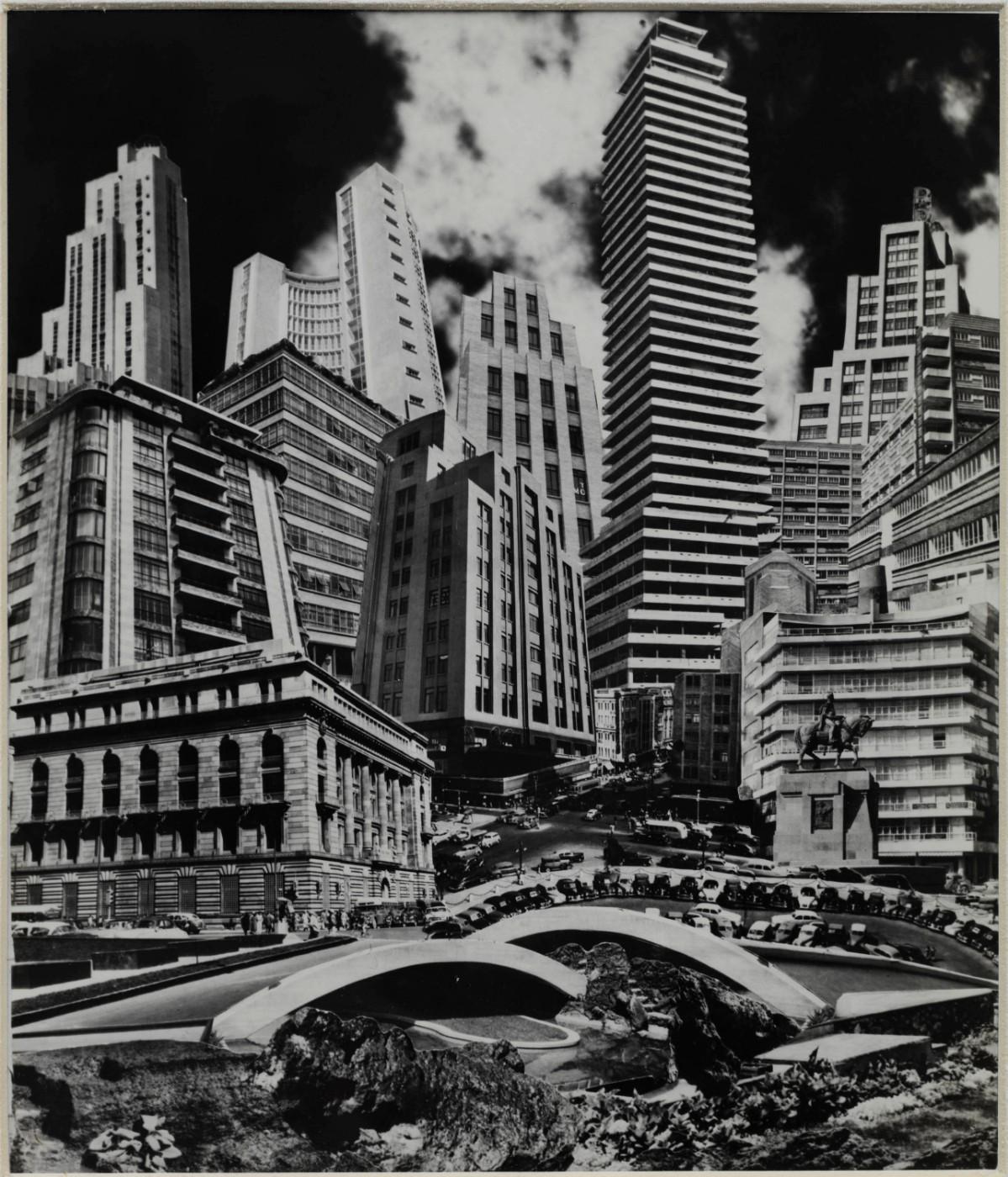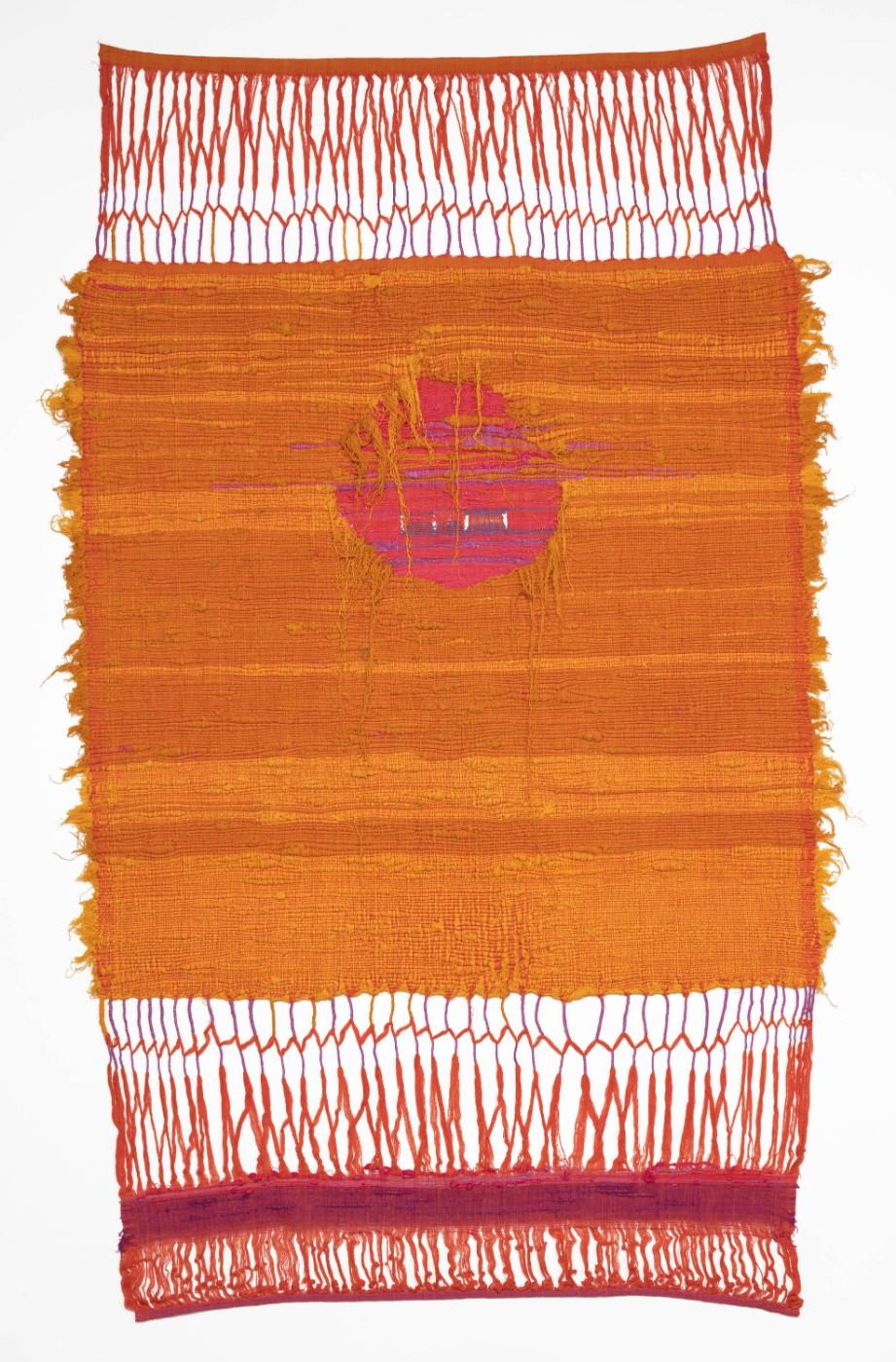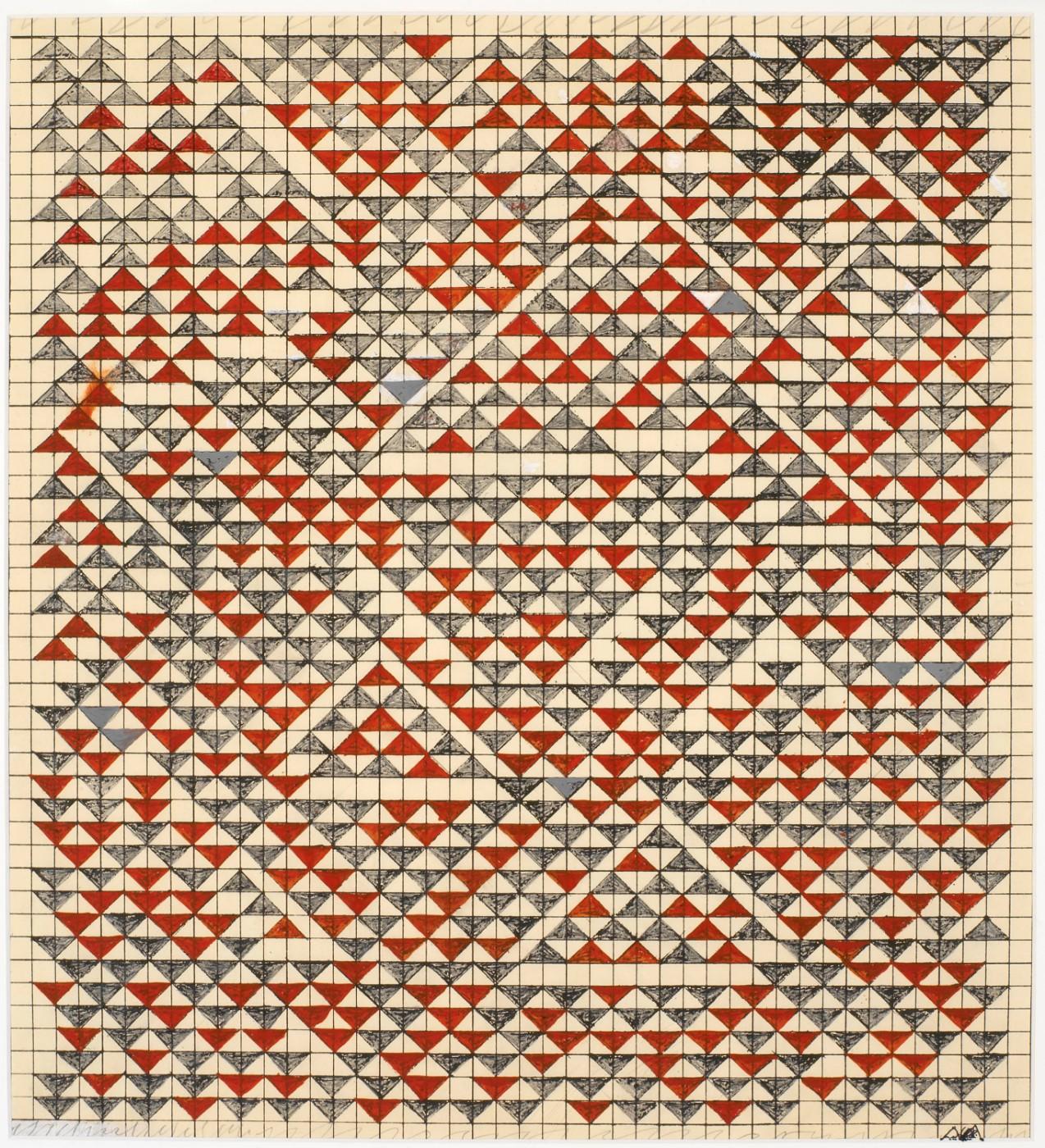This exhibition takes its title from a quote by Clara Porset who, encouraging makers to seek inspiration widely, wrote: “There is design in everything…in a cloud…in a wall…in a chair…in the sea…in the sand…in a pot. Natural or man-made.” A political exile from Cuba, Porset became one of Mexico’s most prominent modern furniture and interior designers. Influenced by Bauhaus ideas, she believed that design and art could reshape cities, elevate the quality of life, and solve large-scale social problems. She shared these values with the other artists and designers in this exhibition, who were also committed to forging relationships across cultures; bringing different voices into dialogue; and responding productively to a moment of profound cultural and economic transformation. While some knew one another and worked together, this constellation of practitioners was from different generations, and their individual work encompasses a range of media varying from furniture and interior design to sculpture, textiles, photography, and printmaking.
Clara Porset conceived designs informed by modernism with clean lines and forms, while also inspired by Mexican lifestyles. Mexican photographer Lola Álvarez Bravo created dynamic photomontages by cutting and pasting together parts of different photographs to produce images that emphasized the intense urban development. She also photographed Porset’s work. Following Porset’s invitation to visit Mexico, German émigré Anni Albers saw the country’s landscape and architecture as a vital source of inspiration, informing the abstract visual language of her designs. Japanese American Ruth Asawa, who took a class on craft and housing with Porset in Mexico City, was drawn to the artistry in utilitarian looped-wire baskets that she encountered in Toluca and her sculptures made with this wire technique became her primary practice. Cynthia Sargent and her husband Wendell Riggs moved to Mexico City from New York in 1951, where they produced several popular lines of textiles and rugs in their weaving workshop, collaborated with Porset for her exhibition Art in Daily Life (1952), and encouraged an appreciation of crafts by founding the weekly market Bazaar Sábado. Sheila Hicks, who moved in the same artistic circles as Porset, set up a workshop in Taxco el Viejo where she collaborated with and learned from local weavers, while producing pieces that were resolutely her own.































